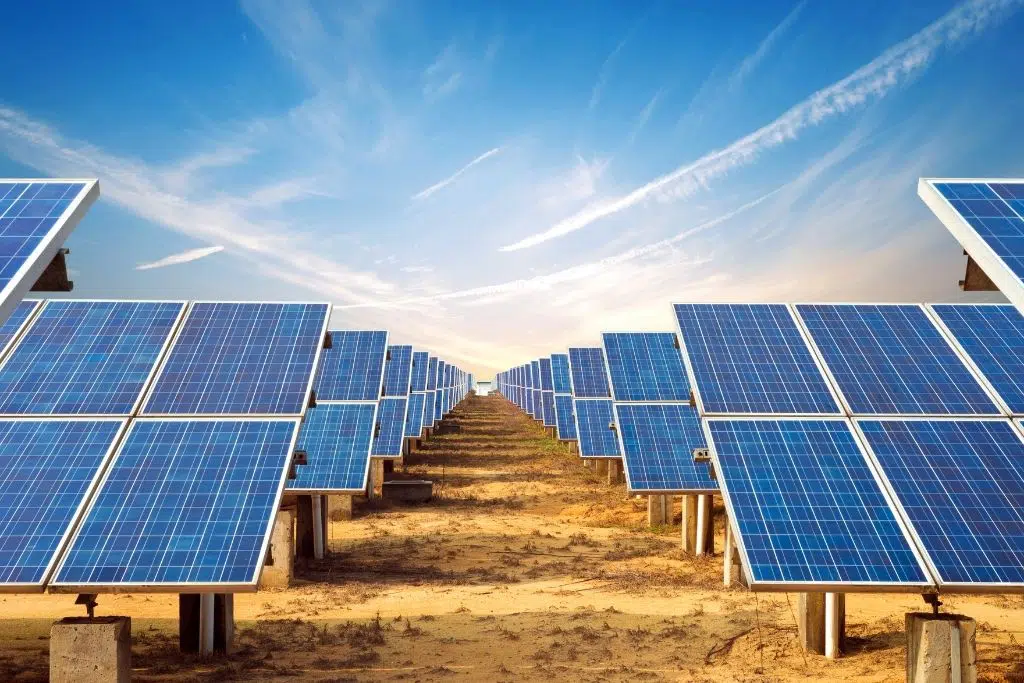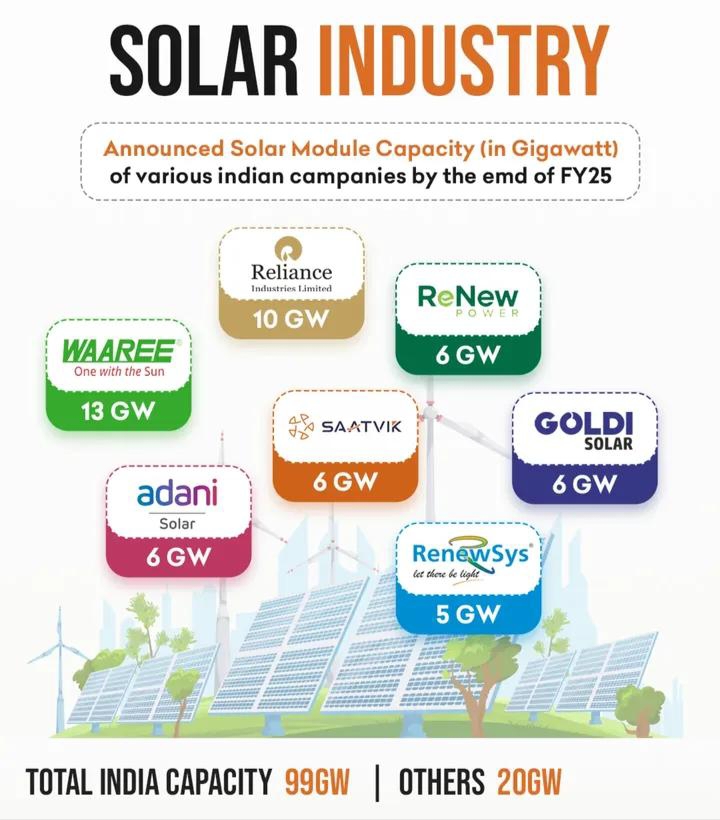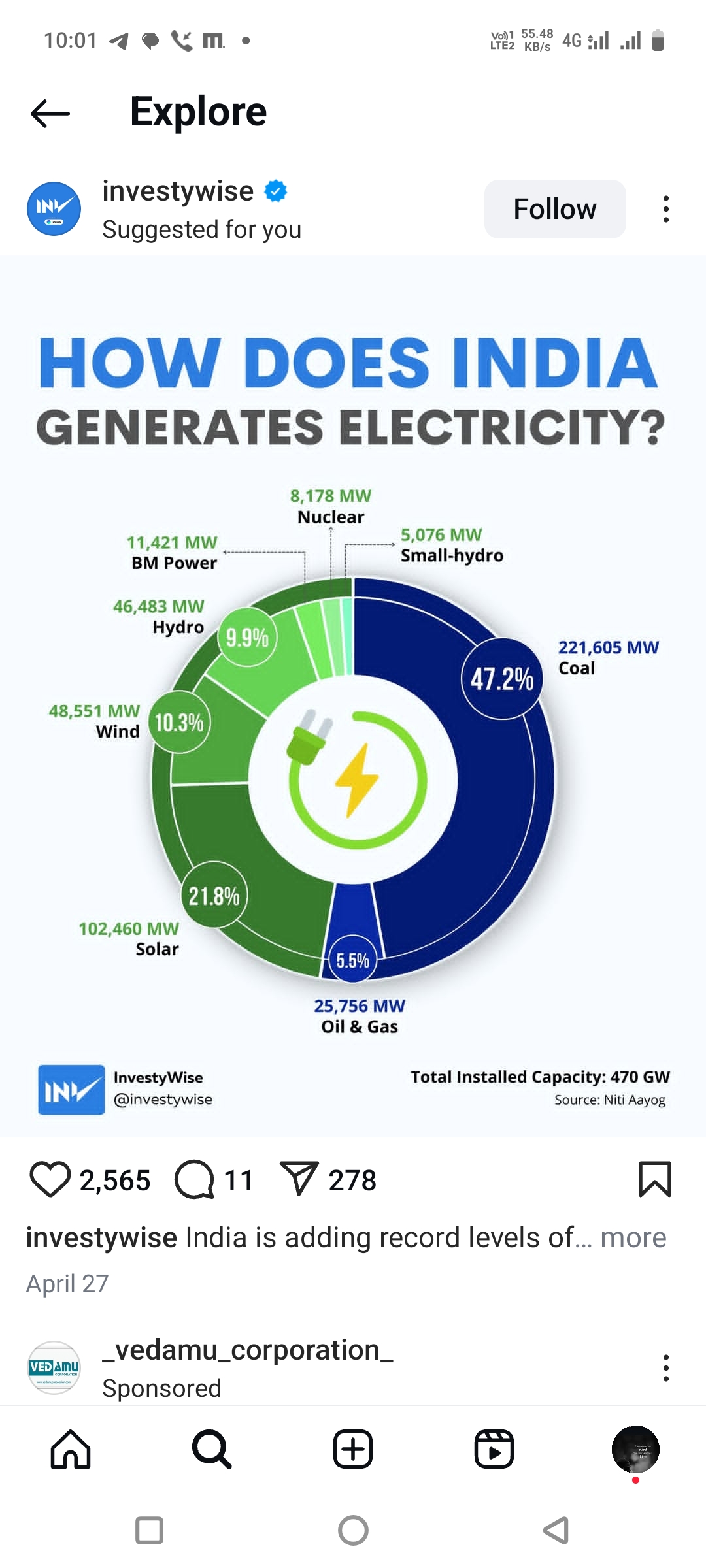Back
Mahendra Lochhab
Content creator • 11m
Solar power generation in India has increased considerably in the last few years. In 2023, the country produced roughly 113.4 terawatt-hours of electricity from solar energy. India aims to achieve a total solar capacity of 280 gigawatts by 2030.

Replies (4)
More like this
Recommendations from Medial
Anonymous
Hey I am on Medial • 1y
HOW far are we from our goal? According to Bloomberg News, China has surpassed President Xi Jinping's renewable energy target nearly six years ahead of schedule, with its wind and solar capacity reaching 1,206 gigawatts in July 2024, showcasing the
See More

Anonymous
Hey I am on Medial • 1y
According to Bloomberg News, China has surpassed President Xi Jinping's renewable energy target nearly six years ahead of schedule, with its wind and solar capacity reaching 1,206 gigawatts in July 2024, showcasing the nation's rapid progress in clea
See MoreDownload the medial app to read full posts, comements and news.































